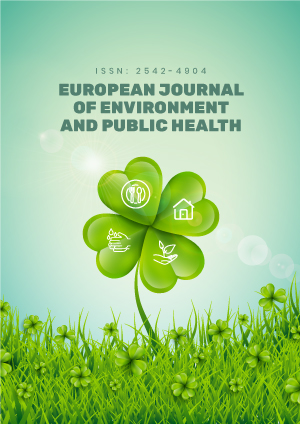Abstract
Aim: This descriptive and cross-sectional study was conducted to assess nutritional status in elderly home care patients using a combined index.
Methods: The combined index was calculated as a reference tool based on the results of five nutritional parameters (Mini Nutritional Assessment-Short Form [MNA-SF], Short Nutritional Assessment Questionnaire [SNAQ], body mass index, dietary energy, and dietary protein). If a patient was assessed as malnourished or undernourished in at least three of these five parameters, he/she was considered as “any stage of malnutrition” according to the combined index.
Results: The prevalence of malnutrition was 48.6%, 28.3%, and 47.4% according to the MNA-SF, SNAQ, and combined index, respectively. Dietary energy had the best sensitivity (92.7%) and negative predictive value (91.3%), while SNAQ had the highest specificity (100.0%) and positive predictive value (100.0%) according to the combined index. MNA-SF had the highest inter-rater agreement (kappa [κ]) with the combined index (κ =0.792).
Conclusions: The use of combined index based on both screening tools and other nutritional parameters could be effective in the diagnosis of malnutrition in elderly home care patients.
License
This is an open access article distributed under the Creative Commons Attribution License which permits unrestricted use, distribution, and reproduction in any medium, provided the original work is properly cited.
Article Type: Research Article
EUR J ENV PUBLIC HLT, Volume 8, Issue 4, 2024, Article No: em0164
https://doi.org/10.29333/ejeph/15584
Publication date: 06 Nov 2024
Article Views: 1569
Article Downloads: 921
Open Access References How to cite this article
 Full Text (PDF)
Full Text (PDF)